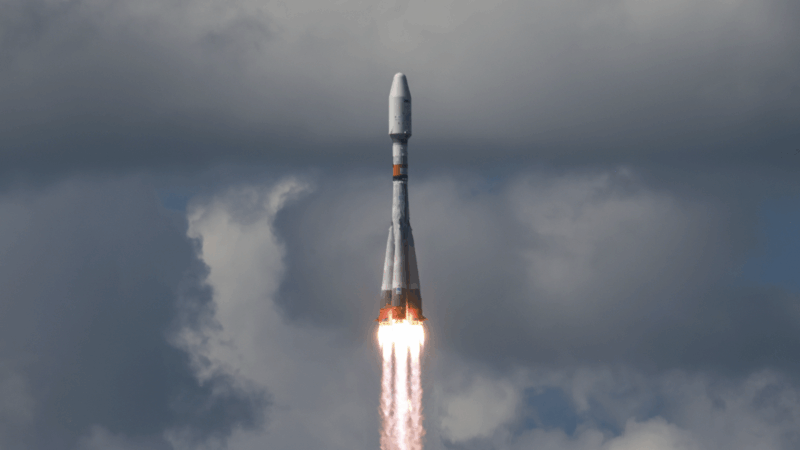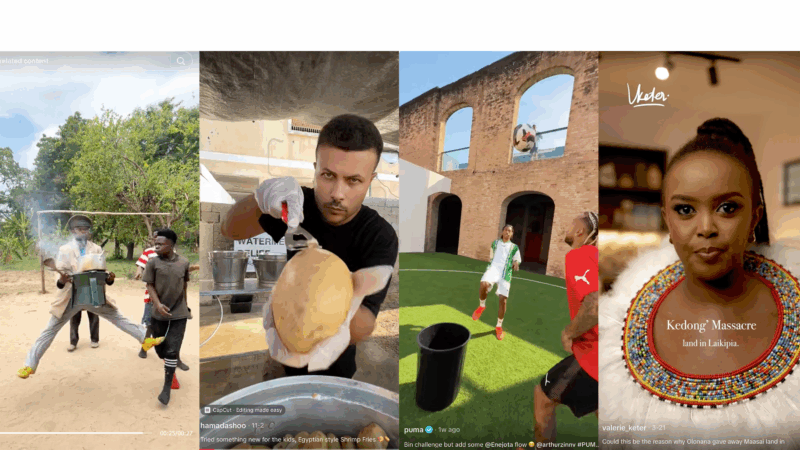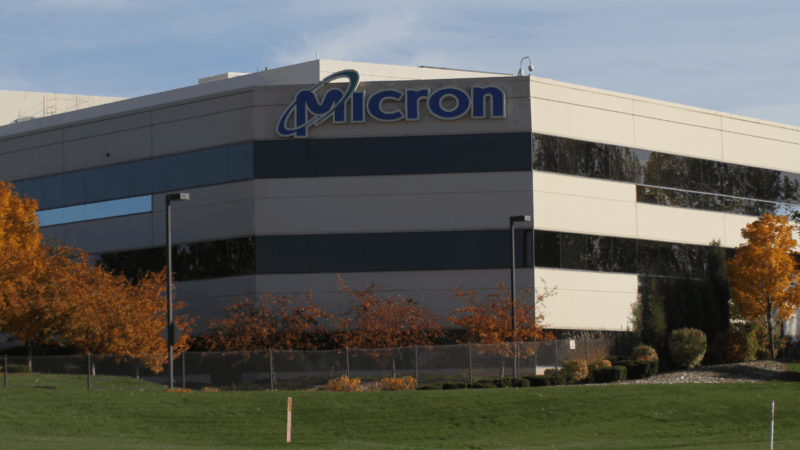Public arts funding
Trobaugh rips away preservative brown paper and saran wrap, the massive, movie-poster-sized laminated pictures show his narrative: life-sized shots of male dolls embracing one another, holding hands, touching.
“If you see a lot of the photographs together, you can see that sometimes it’s about a deeper friendship than just a normal friendship.”
Five years ago, Trobaugh was an adjunct art professor at Shelton State Community College when he was asked to present an exhibit in a public gallery.
“I showed them my work. Because they knew vaguely what I did, but not exactly. And they really liked it.”
Liked it at first. Until the college president decided that the gay images might bother people coming to the college to see a production of “Arsenic and Old Lace”. The photos, he said, were not family friendly and because the college receives state money, he closed Trobaugh’s exhibit.
“Censorship is an awfully harsh word.”
That’s college spokesperson Leigh Hays who says Shelton State’s art department and the college’s new administration are trying to formulate a policy that would make everyone happy.
“We’ll look at opportunities as they come up of art shows, art exhibits, performances prior to them being open so that we are all on the same page and we are all in agreement as to what’s in the best interest of the college, our students, our program and our community.”
Hays says it is a tightrope over some fierce flames. What the school eventually decides is at the intersection of first amendment law, government funding and public opinion. What is art? … and … what is offensive or obscene?
In 1973, a famous U.S. Supreme Court case, Miller vs. California, didn’t involve art – but rather, mailings of so-called sexually explicit material. But the case rippled across the art world because the high court has used the Miller case as a gauge of what can be thought of as obscene. And that gauge includes “artistic value”.
The so-called Miller test also established the idea of “community standards” of decency and interpretations that can be as numerous as the boundaries of cities, counties and states themselves. Just ask Birmingham residents Todd Sanstead and Emily Self.
“Going with every reaction to pull a piece just because it makes people uncomfortable is probably not the right answer. Giving people complete ability to put things out that offend a large group of people is probably not the right answer as well.”
“I think it can be complicated if politics and art get too entangled.”
But they are.
The National Endowment for the Arts – or NEA, which has also funded public broadcasting, has been at the center of funding arts projects since 1965.
This fiscal year, the NEA will dole out more than $140 million to arts organizations coast to coast, but in 1996, Congress slashed the budget by more than a third, under pressure from conservative and family groups over funding for controversial artists. Artists such as Andres Serrano – whose works include an image of Jesus on a cross immersed in urine and Robert Mapplethorpe, whose explicit nude male photographs fueled protests about obscenity.
“Why would someone ask the Christians across this country to pay any kind of money toward the gay and lesbian film festival? Why would we ask gays and lesbians to pay for some type of art form that may go against what they believe in?”
Bay Buchanan is president of The American Cause, a conservative organization that, according to its website, promotes traditional American values.
“I don’t think it’s necessary and I don’t think art would lose its value, if it wasn’t funded by the government. I think the private sector would step in and we would have the kind of art that the American people would be willing to support.”
Or would it be the art that the majority supports? And the voices, etchings, paintings and sculptures of those who don’t have large audiences die on the vine. It is a constant battle that keeps arts organizations, such as Birmingham’s Space One Eleven and co-founder Anne Arrasmith, on their toes.
“I’m a taxpayer, and I don’t like my tax dollars going to bombs and all that kind of stuff, wars. But it does. So, if your tax dollar in teeny teeny proportion goes to Arts in America, it’s your problem.”
“It’s not just about encouraging a single artist to produce a work of art; it’s really about encouraging artistic activity in the United States.”
Karen Henricks is an art historian at Jacksonville State University. She says throughout American history, from early colonial times through the great depression and WPA projects, when artists were commissioned to paint public murals, the underpinning of government-sanctioned art was to encourage more expression and appreciation of it.
“You know you don’t support a theater program, or an artist, because they’re going to produce one thing. You support it because the entire public enjoys the product. So I think that, really, their goal was to bring that broad-based interest in art and to do it through looking at quality art as well.”
That concept continues today, but in a multi-media world of instant access, it is so much easier to see the controversial, and hear the reactions.
It is all a part of this artistic-public funding landscape.
‘Bomb cyclone’ forecasted to bring heavy snow, blizzard conditions and dangerous travel
A 'bomb cyclone' is intensifying severe winter weather for millions of people across the U.S. The system is expected to knock out power and disrupt holiday travel.
Russia sends 3 Iranian satellites into orbit, report says
The report said that a Russian rocket sent the satellites on Sunday from a launchpad in eastern Russia.
Viral global TikToks: A twist on soccer, Tanzania’s Charlie Chaplin, hope in Gaza
TikToks are everywhere (well, except countries like Australia and India, where they've been banned.) We talk to the creators of some of the year's most popular reels from the Global South.
Memory loss: As AI gobbles up chips, prices for devices may rise
Demand for memory chips currently exceeds supply and there's very little chance of that changing any time soon. More chips for AI means less available for other products such as computers and phones and that could drive up those prices too.
Brigitte Bardot, sex goddess of cinema, has died
Legendary screen siren and animal rights activist Brigitte Bardot has died at age 91. The alluring former model starred in numerous movies, often playing the highly sexualized love interest.
For Ukrainians, a nuclear missile museum is a bitter reminder of what the country gave up
The Museum of Strategic Missile Forces tells the story of how Ukraine dismantled its nuclear weapons arsenal after independence in 1991. Today many Ukrainians believe that decision to give up nukes was a mistake.







